RETHINK PEST CONTROL
The new emitter
Tubetrap
The new level of digital pest control, unique features and innovative technology for the best quality on the market.
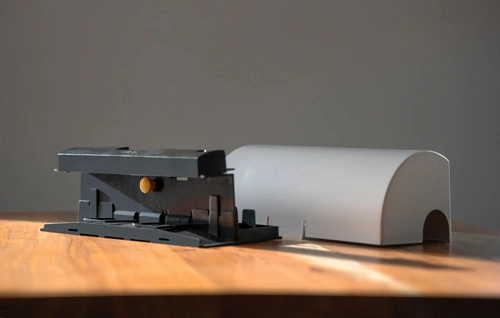
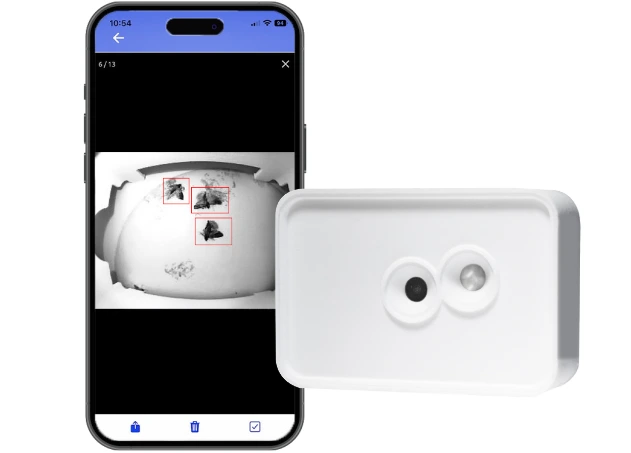
The new Emitter
Cam
The new level of digital pest control, unique features and innovative technology for the best quality on the market.

New product launch
The tradeshow in Frankfurt was an absolute success, and we were delighted to launch our new product the Emitter Cam powered with an AI for versatile use with insects, rodents and dozens of boxes worldwide through flexible Sim card connection. Check out our video and enjoy moments of our team in conversation with our partners and customers from all around the world.
OUR PRODUCT VARIETY AT A GLANCE
Digital pest control with eMitter
eMitter stands for digitalization of pest control like no other brand. Software and hardware made in Germany, directly from the market leader.
Monitoring with NARA Stic, NARA Bloc and
NARA Spray
Monitor rats and mice professionally before and during control with NARA, the favorite brand of professionals.
Humane GORILLA TRAPS beat traps for rats and mice
eMitter stands for digitalization of pest control like no other brand. Software and hardware made in Germany, directly from the market leader.
GreenHero
Pest Control
Green and sustainable alternatives to harmful chemicals. In pest control, animal care & hygiene.
New
Emitter Cam
New
Emitter Tubetrap
The new level of digital pest control, unique features and innovative technology for the best quality on the market.
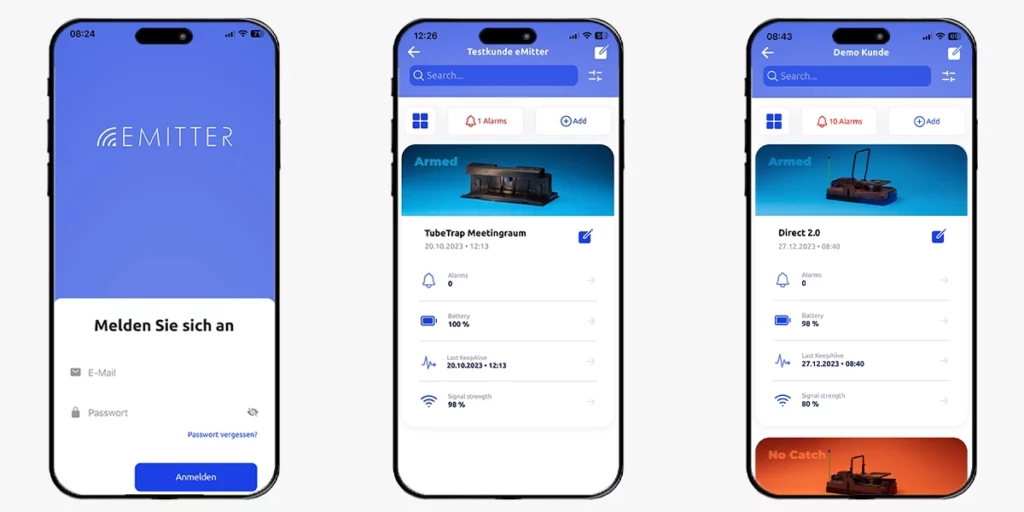
THE EMITTER APP
Networked cameras, sensors and traps, all in one app with the most secure software in our new eMitter portal.
THE FUTURA B2B ONLINE STORE
Order around the clock, fast delivery and attractive prices
In our B2B online store you can order the entire product range easily and quickly at any time.
If you have any questions about packaging units, delivery countries and conditions, you can reach our experts at any time via e-mail, telephone and Zoom.
We look forward to your visit and order!


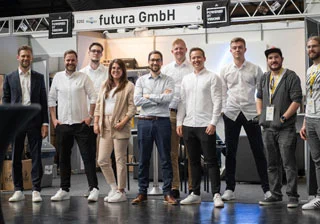


INNOVATION FROM TRADITION
Passion for pest control since 2002
For 20 years Futura has stood for high-tech innovations for professional pest controllers. As an independent and strong family business, we think long-term and develop according to the highest quality standards with our partners, such as Deutsche Telekom, Fraunhofer Institut, Rhenus and Bosch.
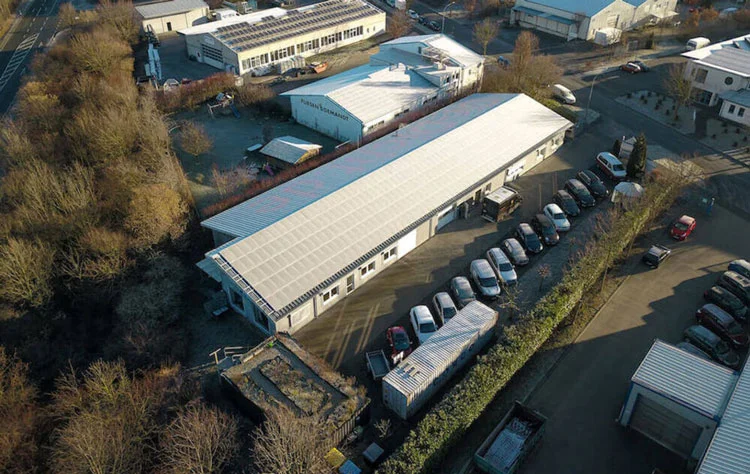

TALK TO US
Contact us or write us a message
